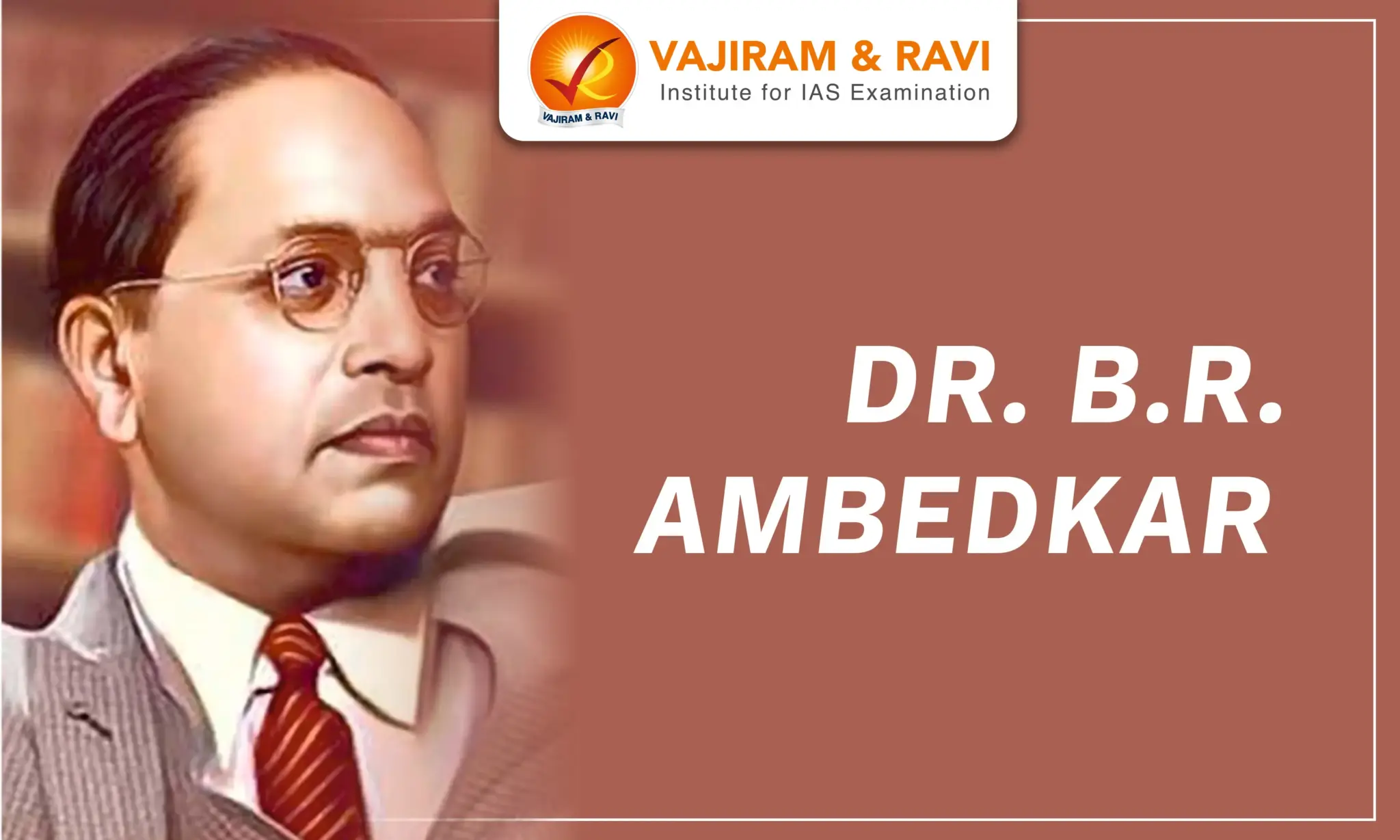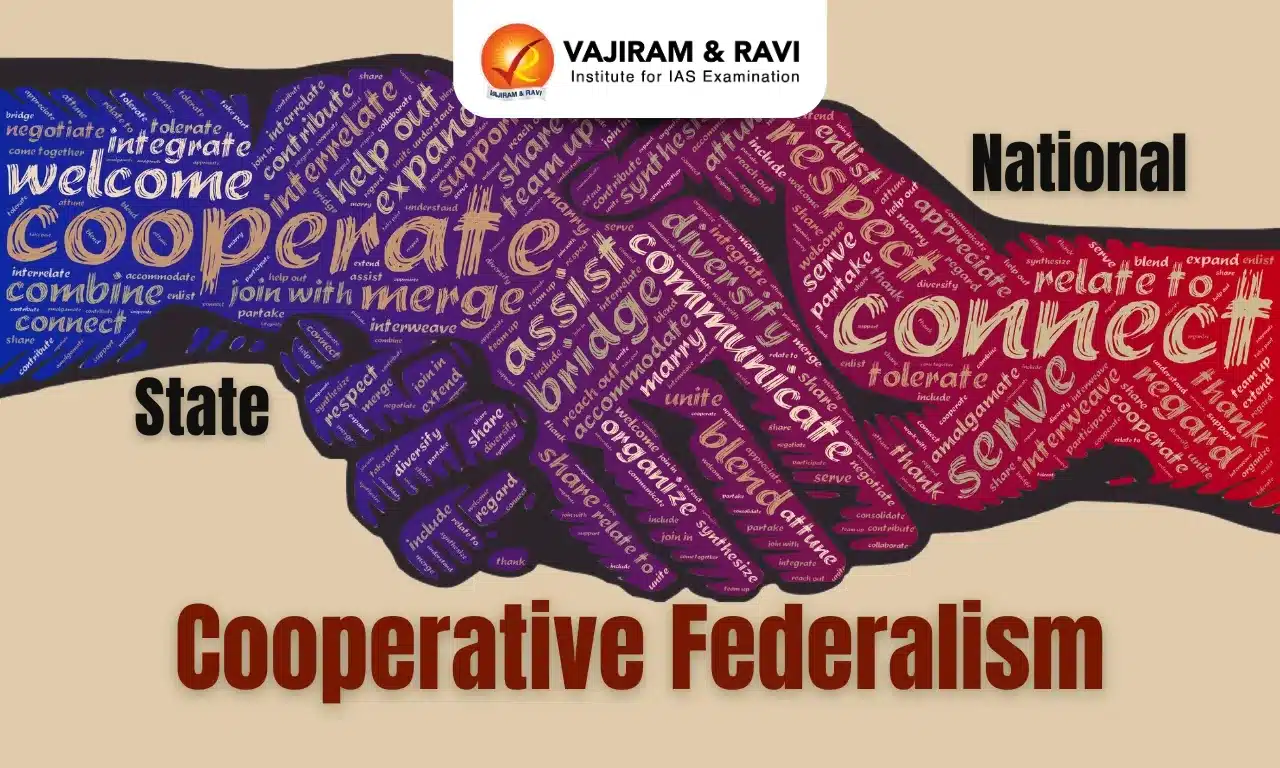What is Skill Development and its importance?
- Skill Development refers to the process of acquiring new or enhancing existing skills, knowledge, and attitudes to improve the performance and productivity of an individual or a workforce.
- It involves various training programs, courses, and on-the-job learning that aim to develop technical, vocational, and soft skills in individuals.
- Importance of Skill Development for India:
- India is one of the youngest nations in the world, with more than 62% of its population in the working age group (15-59 years) and more than 54% of its total population below 25 years of age.
- To reap this demographic dividend which is expected to last for the next 25 years, India needs to equip its workforce with employable skills and knowledge so that they can contribute substantially to the economic growth of the country.
- As India moves progressively towards becoming a global knowledge economy, it must meet the rising aspirations of its youth. This can be partially achieved through a focus on the advancement of skills that are relevant to the emerging economic environment.
What is the status of Skill Development in India?
- According to the India Skills Report 2015, it was established that India lacks in the development of skills. Of all the students applying for roles in the labour market, a mere 33% had the appropriate skills to match the requirement of the employers.
- According to the Ministry for Skill Development and Entrepreneurship (MSDE), Among persons aged 15-29, only about 2% have received formal vocational training, and 8% have received non-formal vocational training. This suggests that very few new entrants to the workforce in this age group have any marketable skills.
- Comparative data for developed economies show that in Korea, 96% of the population has received formal vocational training. In Germany, the figure is 75%. In Japan, it is 80%, and in the United Kingdom, it is 68%.
What is the institutional setup for Skill Development in India?
- The Ministry for Skill Development and Entrepreneurship (earlier the Department of Skill Development and Entrepreneurship notified in 2014) was set up in 2014. The Ministry is responsible for
- Coordination of all Skill Development efforts across the country.
- Removal of the disconnect between demand and supply of skilled manpower.
- Building the vocational and technical training framework.
- Skill up-gradation building of new skills.
- Innovative thinking not only for existing jobs but also for jobs that are to be created.
- MSDE’s Vision 2025 adopts an ecosystem-enabling lens to transition India to a high-skills equilibrium and help create positive outcomes for individuals, enterprises, and the economy. The three outcomes to be achieved through vision are:
- Enable individual economic gains and social mobility.
- Create a skills market that is learner-centric and demand-driven and
- Facilitate aspirational employment and entrepreneurship generation, improve overall productivity for enterprises, and catalyze economic growth.
- It is aided by the following functional arms:
| Body | Function |
| Directorate General of Training (DGT) |
|
| National Skill Training Institutes (NSTIs) |
|
| Industrial Training Institutes (ITIs) |
|
| National Council for Vocational Education and Training (NCVET) |
|
| National Skill Development Corporation (NSDC) |
|
| National Skill Development Fund (NSDF) |
|
| Sector Skill Councils (SSCs) |
|
What are the challenges of the Skill Development ecosystem in India?
India presently faces a dual problem of paucity of highly trained workforce, as well as non-employability of large sections of the conventionally educated youth, who possess little or no job skills. Some major challenges are- Low participation: Despite various initiatives taken by the government and private players, the participation rate in Skill Development programs is low in India.
- Poor quality of training: The quality of training offered by many Skill Development programs in India is poor, which fails to meet the industry's requirements.
- A study conducted by the National Institute of Labour Economics Research and Development (NILERD) found that a significant proportion of trainees in the Industrial Training Institutes (ITIs) were not satisfied with the quality of training provided.
- Mismatch between training and job market: Another challenge is the mismatch between the skills acquired through training and the demands of the job market.
- A report by the Confederation of Indian Industry (CII) estimated that 75% of the workforce in India does not possess the necessary skills required for the job market.
- Limited access to training: Many people in India, especially those in rural areas, have limited access to training and Skill Development programs.
- According to a report by the World Economic Forum, only 10% of the rural workforce in India has received formal skills training.
- Lack of industry linkages: The Skill Development ecosystem in India lacks adequate industry linkages, which results in inadequate feedback on skill requirements and inadequate design of training programs.
- According to the National Sample Survey Office (NSSO), only 5% of the enterprises in India have participated in Skill Development programs.
- Funding and sustainability: The funding for Skill Development programs is limited, and many programs face sustainability issues.
- Insufficient capacity: Current infrastructure facilities available in the educational institutions throughout the country are inadequate considering the huge demand for skilled labour. There are not many trained and highly skilled trainers available.
What measures can help India become better skilled?
- Coordinating Skill Development initiatives: Coordination between demand and supply scenarios can be achieved through regular surveys and assessments of labour market needs which enables a better understanding of the skill gap and allows for the development of appropriate training programs.
- Industry and educational stakeholders collaboration: This can help ensure that the curriculum is up-to-date and relevant.
- Linking vocational training and mainstream education: This ensures students have the necessary practical skills to succeed in the workplace.
- Women-specific Skill Development policies: This can be achieved through targeted training programs, mentorship opportunities, and other initiatives that promote gender equality in the workplace.
- Coordination and governance of Skill Development initiatives: This can be achieved through the establishment of nodal authorities or bodies that can oversee and coordinate these initiatives.
- Provision of infrastructure and qualified instructors: The necessary infrastructure and equipment, including computers, software, tools, machines, and qualified instructors, should be provided to ensure high-quality skills are taught in training programs.
Last updated on November, 2025
→ Check out the latest UPSC Syllabus 2026 here.
→ Join Vajiram & Ravi’s Interview Guidance Programme for expert help to crack your final UPSC stage.
→ UPSC Mains Result 2025 is now out.
→ UPSC Notification 2026 is scheduled to be released on January 14, 2026.
→ UPSC Calendar 2026 is released on 15th May, 2025.
→ The UPSC Vacancy 2025 were released 1129, out of which 979 were for UPSC CSE and remaining 150 are for UPSC IFoS.
→ UPSC Prelims 2026 will be conducted on 24th May, 2026 & UPSC Mains 2026 will be conducted on 21st August 2026.
→ The UPSC Selection Process is of 3 stages-Prelims, Mains and Interview.
→ UPSC Result 2024 is released with latest UPSC Marksheet 2024. Check Now!
→ UPSC Prelims Result 2025 is out now for the CSE held on 25 May 2025.
→ UPSC Toppers List 2024 is released now. Shakti Dubey is UPSC AIR 1 2024 Topper.
→ UPSC Prelims Question Paper 2025 and Unofficial Prelims Answer Key 2025 are available now.
→ UPSC Mains Question Paper 2025 is out for Essay, GS 1, 2, 3 & GS 4.
→ UPSC Mains Indian Language Question Paper 2025 is now out.
→ UPSC Mains Optional Question Paper 2025 is now out.
→ Also check Best IAS Coaching in Delhi
Status of Skill Development in India FAQs
Q1. What is National Skill Quality Framework( NSQF)?+
Q2. What is Rozgar Mela?+

















